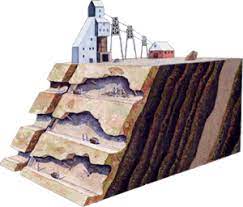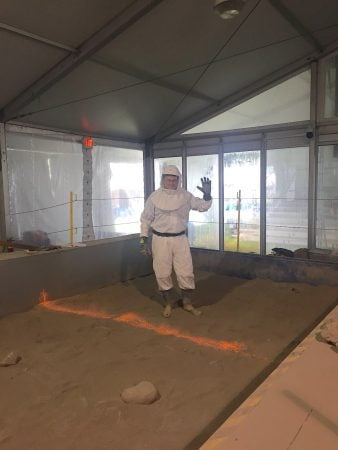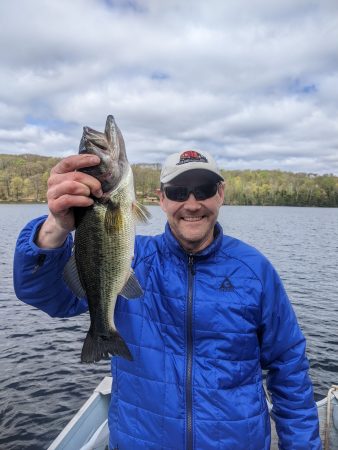
The Graduate School proudly announces the recipients of our Fall 2022 Finishing Fellowships. Congratulations to all nominees and recipients.
Finishing fellowship recipients in engineering graduate programs are:
- Vishnu Chakrapani Lekha — Geological Engineering
- Emily Shaw — Environmental Engineering
- Jiachen Zhai — Mechanical Engineering-Engineering Mechanics
- Rasoul Bayaniahangar — Mechanical Engineering-Engineering Mechanics
- Xuebin Yang — Mechanical Engineering-Engineering Mechanics
Read more about the awardees on the Graduate School Newsblog.
































